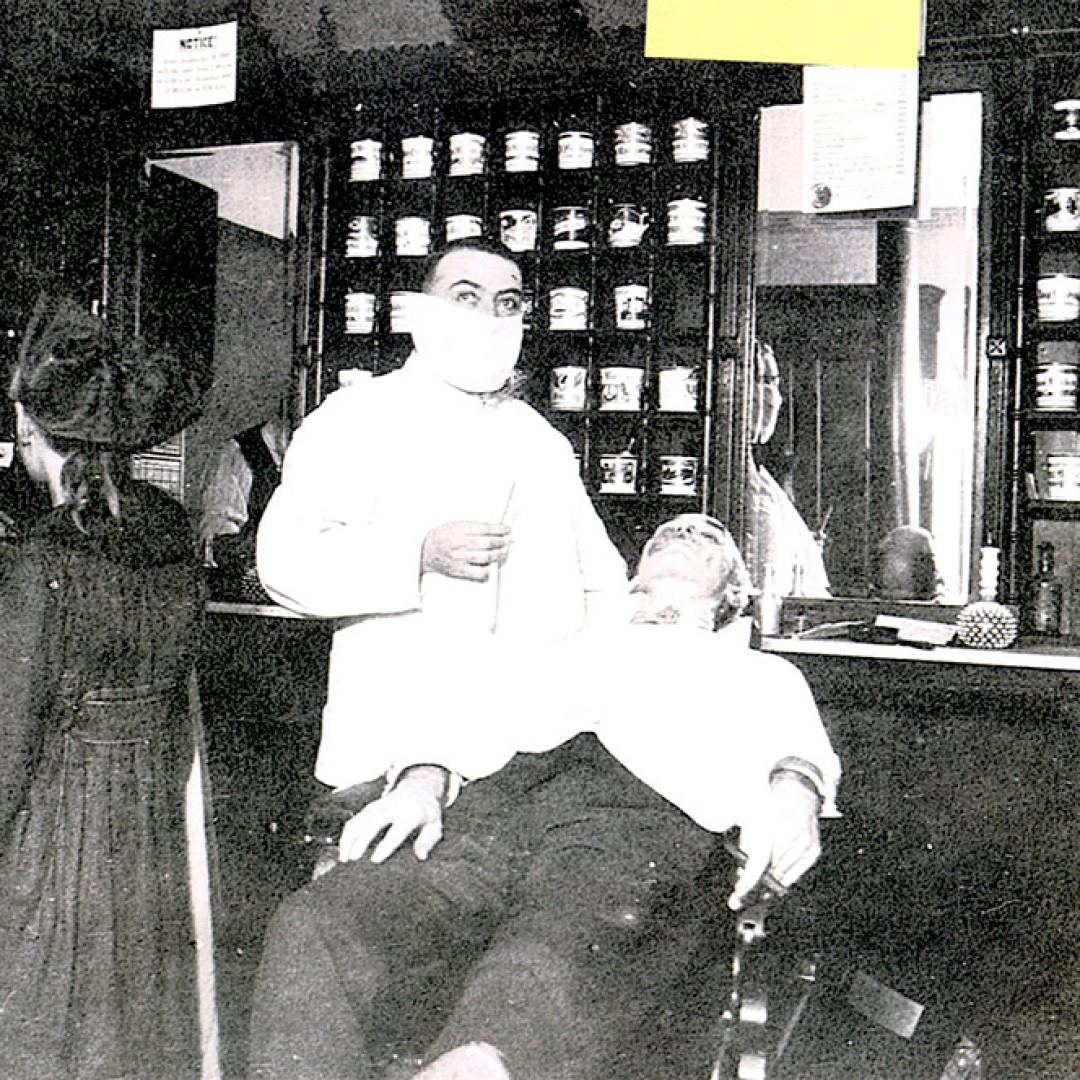
Boston’s influenza closure ordered were removed
On Oct. 19, 1918, it was reported that over 3,500 Bostonians had died from influenza or pneumonia since the start of the epidemic. Yet, there was hope. Death tallies had generally been decreasing in the past several days, leading Boston’s health commissioner Dr. William C. Woodward and others to assert that the peak of the epidemic had passed.
Children would return to school on Monday, October 21. The District Nursing Association warned Bostonians that, despite the decrease in cases, there would likely be an even greater demand for nurses now that several hundred teachers and teaching nuns would be returning to their classrooms. Health authorities cautioned the public not to relax their guard against influenza lest the epidemic return to its former strength, however.
The warnings went unheeded. After being closed for three weeks, theaters and movie houses opened to huge crowds. Lines formed hours in advance. Shows sold out quickly. Many theaters broke their attendance records as patrons filled the seats and then began standing in the aisles. Those who were unlucky enough not to get tickets flocked to cafes and hotels instead. Even the roads were crowded with carloads of Bostonians looking for some fun and a psychological respite from the death and chaos of the epidemic.
Tags:
Source: Influenza Encyclopedia
Credit: Photo: Courtesy University of Michigan Center for the History of Medicine.
